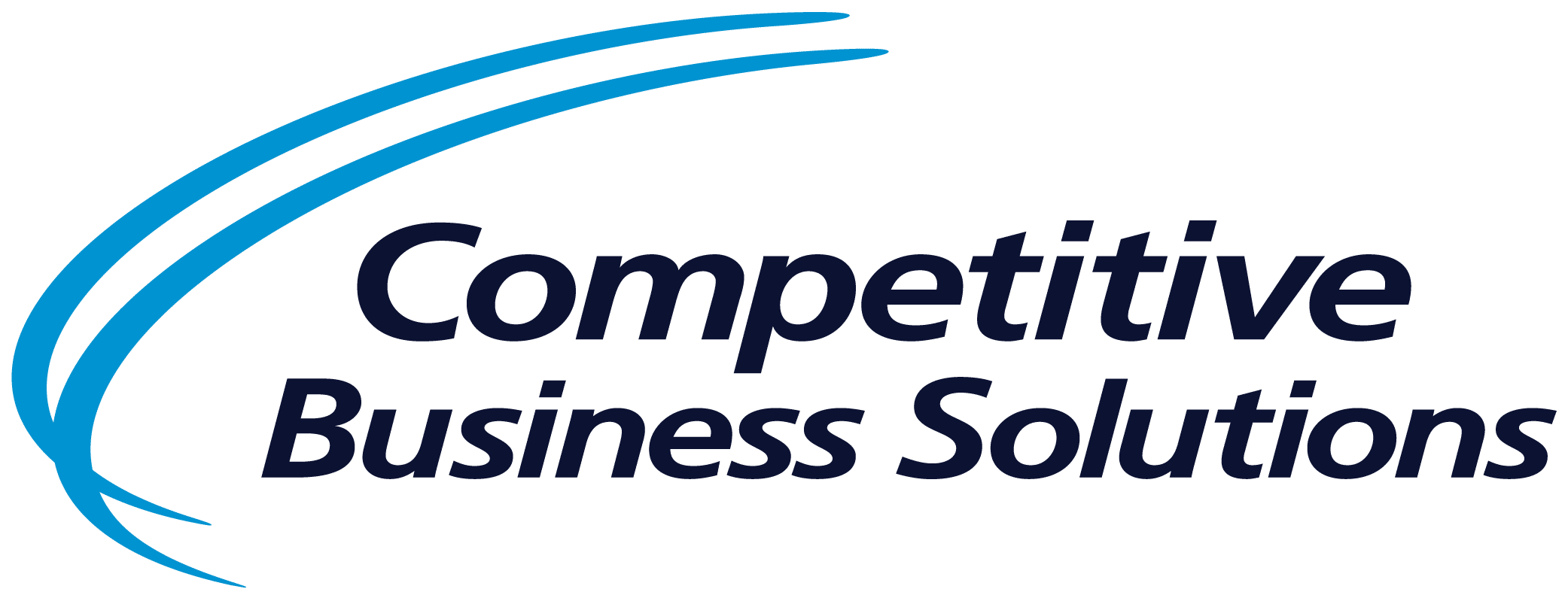Let’s face it: every business has its problems, its constraints, and its inefficiencies. These issues can be like roadblocks, preventing you from reaching your goals and keeping you from delivering on your promises to your customers.
The key is figuring out which of these roadblocks are the most detrimental and, more importantly, how to remove them efficiently. This is where the journey of continuous improvement begins.
Step 1: Identify the Pain Points
To start, you need to pinpoint the pain points in your processes. Imagine your business operations as a complex highway system; these pain points are the bottlenecks causing traffic jams. To do this effectively, two essential tools come into play: the Value Stream Map (VSM) and the Process Map.
The Value Stream Map (VSM): Think of this as your 10,000-foot view. It gives you a broad perspective of your entire business process, highlighting the major steps and showing you where inefficiencies might be lurking.
The Process Map: This is your 100-foot view, a more detailed subset of the VSM. It drills down into specific processes, helping you see the nitty-gritty details of what’s happening on the ground.
Step 2: Get Rid of the Roadblocks
These tools provide you with a comprehensive overview of what’s stopping you from hitting your goals and achieving your Key Performance Indicators (KPIs). Your customers appreciate your KPIs because they mean that you’re delivering what they need on time. This, in turn, helps your customers grow and succeed.
While opinions are valuable, assembling a cross-functional team of the right players and using these tools can provide an objective view of the inefficiencies. Collaboratively building this map gives you a clear starting point.
Step 3: Prioritize the Findings
Once you’ve identified the roadblocks, it’s time to prioritize them. Focus on the “vital few” rather than getting lost in the “trivial many.” Determine the few critical issues that, when addressed, will have the most significant impact on improving your processes and reducing blockages.
Step 4: Assign Ownership and Set Targets
Identifying problems is one thing, but driving continuous improvement requires action. Assign owners to each issue and set measurable targets for improvement along with due dates.
Without clear ownership and deadlines, driving continuous improvement can be a daunting task.
This is the process for uncovering the true constraints and inefficiencies within your business.
By following these steps, you pave the way for continuous change and improvement that benefits not only your company but also your customers and your long-term bottom line. It’s a journey worth taking, as it ensures that your business remains agile, efficient, and valuable.
Remember, the road to continuous improvement starts with identifying and removing the right roadblocks. Embrace the journey, and you’ll unlock the full potential of your business.



